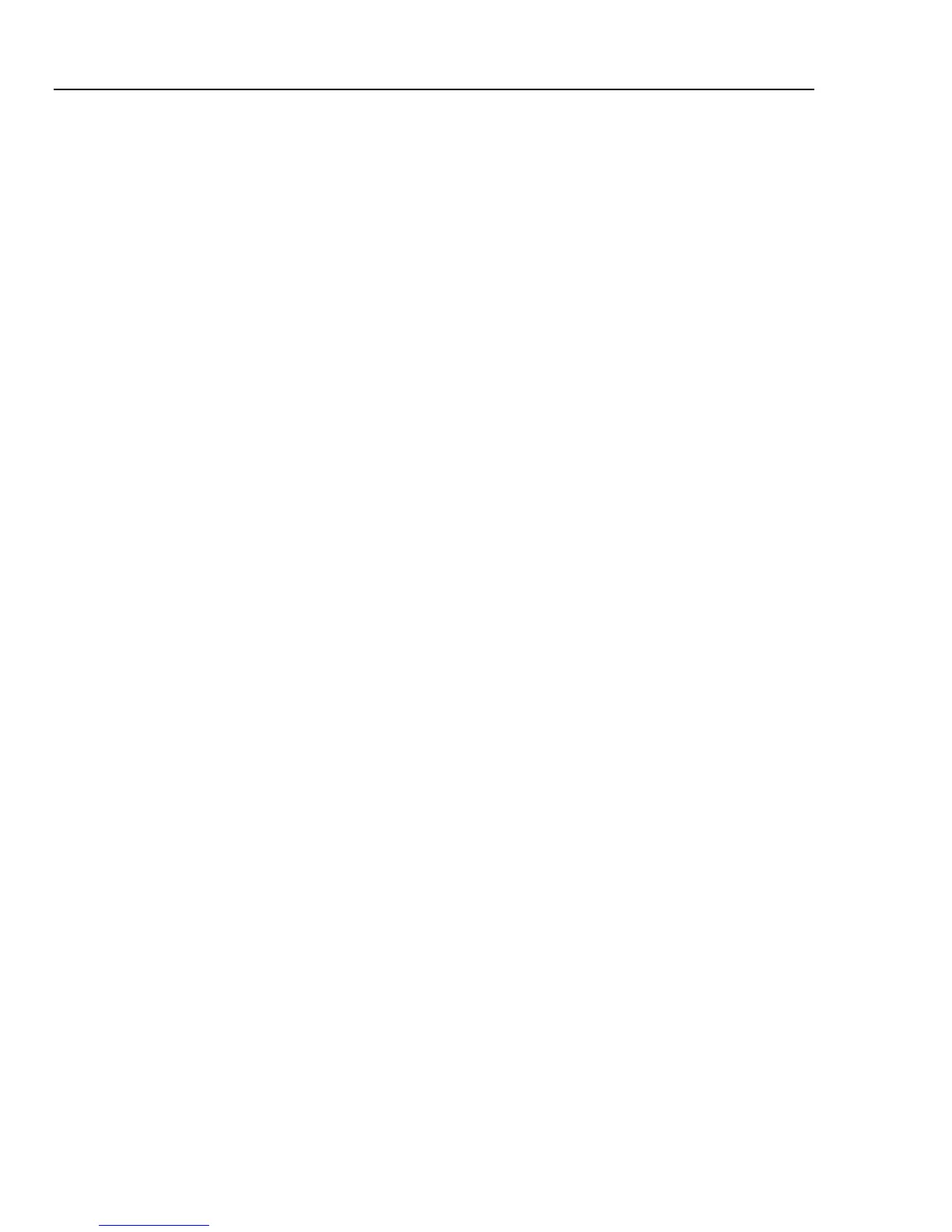5320A
Users Manual
7-14
Calibrating Loop Impedance Testers
The Calibrator’s Loop Impedance calibration function is used to calibrate loop testers and
multifunction installation testers with loop testing capability.
WX Warning
To avoid electric shock, do not touch the L, PE, or N terminals
on the Calibrator or UUT while performing a Loop Impedance
calibration. Line voltage is present on these leads during this
calibration.
To perform a Loop Impedance calibration:
1. Using Figure 7-12, connect the UUT to the L, PE, and N terminals of the Calibrator.
2. Press the Setup softkey and set the desired residual impedance correction. See
“Selecting the Residual Impedance Correction Mode” in Chapter 4 of this manual for
more information on this correction. When set, press the EXIT softkey repeatedly
until returned to the main Line Impedance display.
3. Press Z.
4. If Loop Impedance does not already appear in the output area of the display, press
the MODE softkey. Then, using the cursor keys or rotary knob, highlight Loop and
select it by pressing the Select softkey or pushing in on the rotary knob.
5. On the UUT, select the Loop Impedance function, test signal, and test condition.
Refer to the UUT manual for information on setting these variables.
6. Press O.
7. Press Start on the UUT.
8. When the UUT displays the measured line impedance, compare it to the impedance
displayed in the output area of the Calibrator display.
Note
When a new impedance is set on the Calibrator, the resistance change takes
approximately 500 milliseconds.
9. Press S to disconnect the output terminals from the UUT.
Calibrating Leakage Current Testers
The Calibrator’s Leakage Current calibration function is used to calibrate the leakage
current functions of portable appliance testers and electrical safety analyzers.
WX Warning
To avoid electric shock, do not touch the Output HI or LO
terminals on the Calibrator or UUT while performing a Leakage
Current calibration. Line voltage is present on these leads
during this calibration.
Passive, Differential and Substitute Leakage Current Calibration
To make a Passive, Differential, or Substitute Leakage current calibration:
1. Using Figures 7-13, 7-14 or 7-16, connect the UUT to the Calibrator’s Output mA~
HI and LO terminals.

